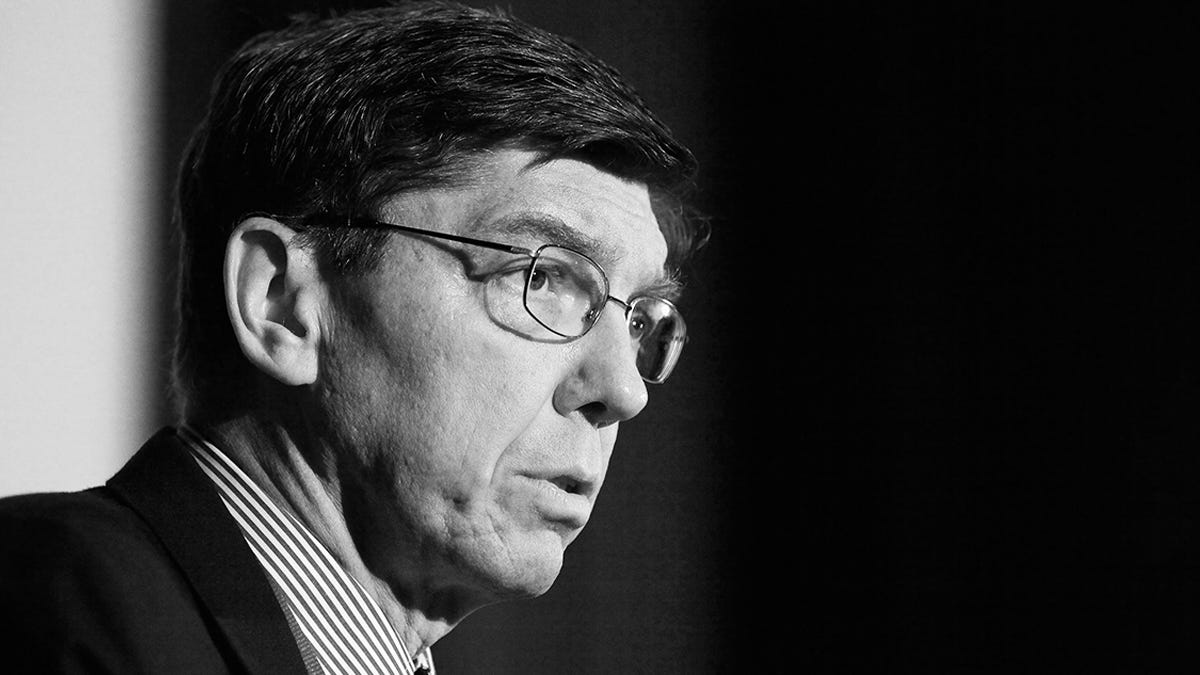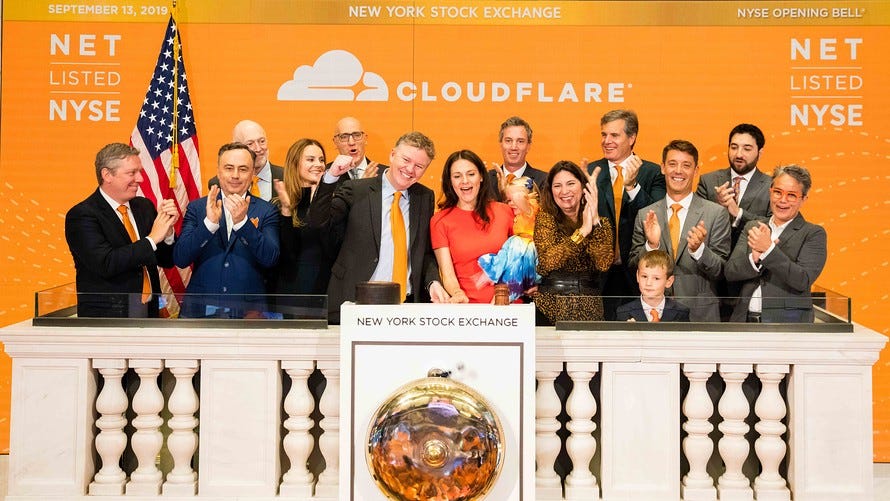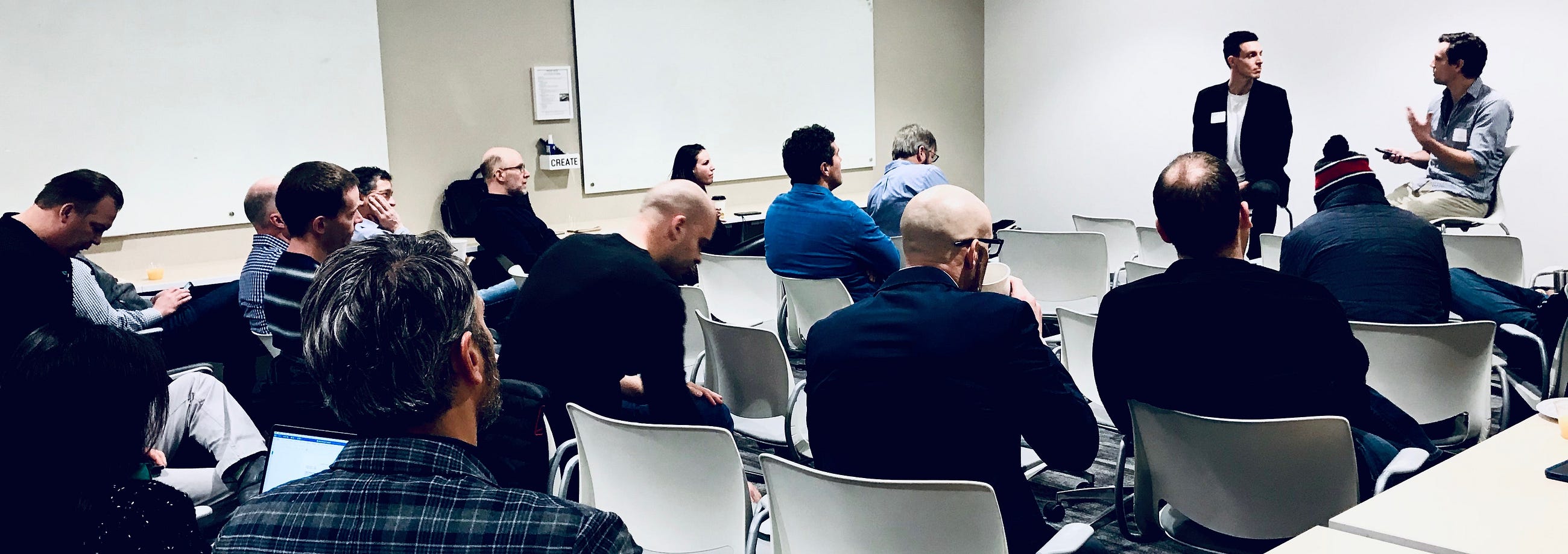At the Access Founders Forum last Friday, James Allworth asks us all, how will you measure your life?
Co-Author of “How Will You Measure Your Life?” with business thought leader Clay Christensen, James Allworth, shares business theories that apply to work, life, and purpose.
- “The crazy thing about disruption is that businesses fail not because they do anything wrong, its because they do everything right,” read more about the Disruption Theory below.
- Business case studies are muddled with data making it difficult to deduce the cause-effect relationships that lead a company to success. Business theories aim at getting to the root of the cause-effect relationship to highlight core truths about your business.
- Look at one week of your life. If that week was repeated for the rest of your life, what would you look up to see? This is the outcome of where you spend your resources.
- In the United States, it is assumed that new tech will be used with moral values in mind, but in China, this might not be the case; tech can be misused.
James Allworth co-author of NY Times bestseller How Will You Measure Your Life?, (with Clay Christianson, the father of Disruption Theory) is also the co-host of the Valley’s popular tech podcast The Exponent keynoted Founders Forum this Friday. You may also know Allworth as the Head of Innovation at Cloudflare, and for his pivotal role in their recent IPO listing. He shared key insights on disruption theory, themes in tech, and lessons from his IPO experience.
Working with Clayton Christianson
“Clay’s way of thinking really sunk into my brain.” ~James Allworth

Legacy. Clay is known for his work in developing the academic theory about disruption, named Disruption Theory. “The crazy thing about disruption is that business fails not because they do anything wrong, its because they do everything right.” This is a mechanism in which you can figure out how to overtake an incumbent business.
The crazy thing about disruption is that business fails not because they do anything wrong, its because they do everything right.
Take Blockbuster as an example, they had 85K employees and a $6B business. You could say that they were sitting on a mountain of success. When Netflix came along many people were worried and asked Blockbuster about what they thought of the relatively new company at the time, Netflix.
“We pay very close attention to the at-home entertainment market. At home, entertainment is a niche market.”
Blockbuster looked down from this mountain of success, and the market for at-home video, looked, by comparison, small. And if Blockbuster decided to compete in the at-home video market they would either, succeed and cannibalize their own business or if lose to a relatively small player…embarrassing. Neither was a good option.
“That is the inside of disruption, the incumbents are looking at the opportunity through their own lens and that leaves an opportunity open.” — James Allworth
Clay passed away last week, how would you describe his legacy.
“Clay changed people’s minds on what is important in life and how those people live their lives.” ~James Allworth
Clay’s class at Harvard Business School was structured around business theory; he picked out the best management theories, based on a pragmatic, cause-effect approach, and gained insights that help dissect what happens in the real world. He was a CEO himself, so he evaluated theory from an academic standpoint and a practical one.
How will you measure your life?

Could you talk to us about your research on motivation in the context of figuring out the motivation for employees?
There are two sides of the spectrum, they relate to extrinsic factors and intrinsic factors.
Extrinsic factors are things like, the prestige of your workplace or the amount of money you make. Extrinsic factors are typically easy to measure. They are called hygiene factors —not motivation, but an absence of dissatisfaction.
On the other side of the spectrum. Intrinsic factors are things like how much you care about what you are doing. Intrinsic factors are typically hard to measure. And to motivate, they are more important.
These two sides of the spectrum can work in opposition. Look at the military, or public school teachers. You hear an internal contradiction when you talk to them, low extrinsic but high intrinsic motivation; this theory explains that phenomenon.
“For me, as being a research assistant at Harvard Business school, knowing this theory helped me optimize for having a job with meaning and learning new things — intrinsic factors.” ~James Allworth
Culture is often making decisions on priority, what is most important? How can early-stage founders be intentional about setting culture?
Culture is not ping pong tables or beer on tap.
Imagine a new organization with new people. Let’s say that this organization is faced with a decision to ship on deadline with a lower quality product, or to wait and ship a higher quality product. In the beginning, these people get into a room and ask, “How do we solve this problem?”
At this moment they are setting the culture.
You are setting the culture as we speak. Your culture is being crystallized.
Let’s say they decide to ship on deadline with a lower quality product. Over time the team stops asking “How do we solve this problem?” and starts saying “This is how we do things.”
If over time, the team stops questioning. If this is not in-line with the intended culture, the manager needs to pull up. Meaning step in and “reset” the culture to change the norm. That will stop the “well enough” issue.
“As your organization gets bigger, the culture that you set now will be amplified at scale.” ~James Allworth
What is the difference between planned and emerging strategy processes? How can we think about planning with reacting to what we learn?
“Strategy is on a spectrum from deliberate to emergent.” ~James Allworth
Deliberate — we think we know what is going to work
Emergent — we are still figuring this out, we need to be open to opportunities
Let’s take a look at Honda. When Honda first expanded to the United States they initially tried to do a copy Harley Davidson, but their bikes were unreliable. And to say the least, there wasn’t a large draw from the biker community.
As happenstance Honda imported a few of their small bikes from Japan. When their initial strategy was falling apart, one of the employees happened to take one of the Hondas out for a spin on a dirt trail above the city. On his ride, he spoke with a couple of hikers who were interested in a small bike that could ride off-road.
As a result, Honda started selling the small bikes they had built for the Japanese market and sold them as dirt bikes in the United States. When Honda’s initial deliberate strategy didn’t work, they were more open to an emerging one.
The takeaway is, once you realize that something is going to work from learnings in the emergent strategy you must switch to a deliberate one. You cannot continue working with an emergent strategy.
How do you balance between deliberate and emergent strategies? When is the best time to use one versus another?
As check sizes increase, skepticism also increases. You get some time to function with an emergent strategy. Look at Slack, the founders started off with a video game company and pivoted to an online messaging system.
But “it is not enough to say, I think there is something here. You need to have data.” ~James Allworth
You are always going to have blind spots. Know what you know and know what you don’t know.
The starting point for most entrepreneurs is product and technology, but Netflix relied on business model innovation. Do you think that founders are considering business model innovation enough?
My advice is to start with the problem and the customer and work from there.
“If you want money coming in. Solve someone’s problem. You can do this with technology or you can do this with a new business model. I prefer a new business model strategy because it is cheaper.” ~James Allworth
What insights can you share with us about how resource allocation works in an organization and applies to life?
To talk about resource allocation, it is most interesting to look at an individual. Resource allocation is where you spend your time and where you spend your money.
Clay looked at his classmates coming back for reunions and over the years classmates stopped attending the reunions. They were achieving professional success, their careers were taking off, but they were realizing a lack in their personal lives, as a result, they felt embarrassed.
While their professional careers were flourishing because of continued investment over time. They had not made the same investment in their personal lives. Eventually, their deprived personal lives broke. And they suffered as a result.
Be really mindful of where you spend your resource allocation.
My suggestion is to look at one week — what if that week was repeated for the rest of your life? You will look up and see the outcome of where you spend your resources.
Job to be done framework
Take a look at Milkshake Marketing, Job to be Done about product-market fit.
IPO and Cloudflare Experience
Tell us about your job at Cloudflare, what does being the Head of Innovation involve?
It is an unusual role. Without any goals or formal responsibility. No one tells me what to do, the things I do are the things I want to do. But the jobs that I do fall into three main buckets:
- New products — structure new products appropriately
- Strategy (Don’t miss the forest through the trees) — shifted the organization from a divisional structure.
- Strategic initiatives — lead the process to kick off IPO, S1 write up, getting the roadshow deck going, and appealing to investors as you go through this process.
Cloudflare takes internal processes and clouds and secures them and makes them more reliable. We have a couple of products such as our, serverless edge compute system, distributed datacenter across 200 cities around the world. I am working on some of our more strategic products such as Cloudflare for teams so that teams no longer need to connect to a localized VPN.
What did you learn from the Cloudflare IPO experience and what has changed at the company since?

I knew this before, but the IPO experience highlighted the importance of storytelling. When creating the deck for the roadshow you need to remember that an IPO is not the end of your story. It’s like going to business school, when you get in, it is not the end of your life, it is an important step in your life, but it is not the end. With both business school and with the IPO, it is easy to forget that this isn’t the end goal.
On Monday morning after the IPO, everyone came back into the office and continued work like normal. I came in on Tuesday.
What have you learned from your time working with such a successful company as Cloudflare?
One of the pitfalls is, as an early-stage founder, you look at successful companies, and you think: “they did this and they did that,” and think that you should do that too.
There are many paths to the truth. It is important to pick one or a couple and commit to them. There are all sorts of individual decisions that lead to success.
There are many paths to the truth. It is important to pick one or a couple and commit to them.
“A strategy is an integrated set of choices.” This one thing that makes that company successful, but that is a trap.
This is the value of Clay’s theory, the learnings that you find from looking at successful companies are dependent. When you look at theories they are independent of the company and are evaluated in isolation.
Tech Themes
Tell us a little about Exponent and why you started it?

Ben Thompson, author of Stratechery, and I argued on Twitter about one of Clay Christenson’s articles. One day, when Thompson was in town we talked about the fact that no one was having convos like the ones that we had, about innovations and intellectual thinking… online, so started a podcast.
This morning we just released episode #198 and have on the order of a number in the 6 digits, listening.
It has been an intellectual journey, to say the least.
What are some of the trends that you are seeing in tech?
In the US, we assume that the products we build will be used with our values in mind, but this is not always the case. Take for example selling AI in China. China us using AI in cities to target people based on ethnicity. China is using this tech to target Muslim people and putting some in internment camps.
While the internet and technology were meant to export freedom and democracy, China actually managed to create the great firewall and is using the internet to distribute propaganda and censorship.
We want to be very careful about how we engage with China from a trade perspective.



